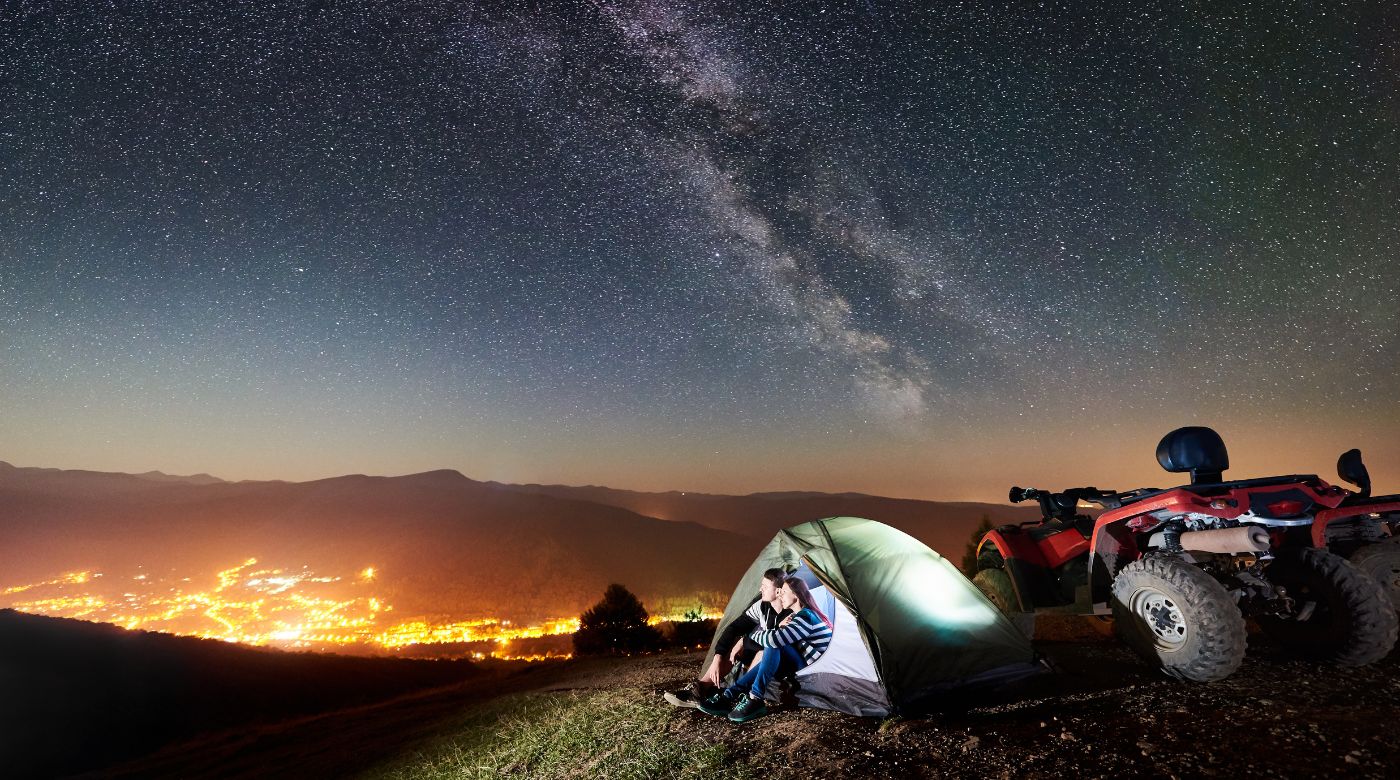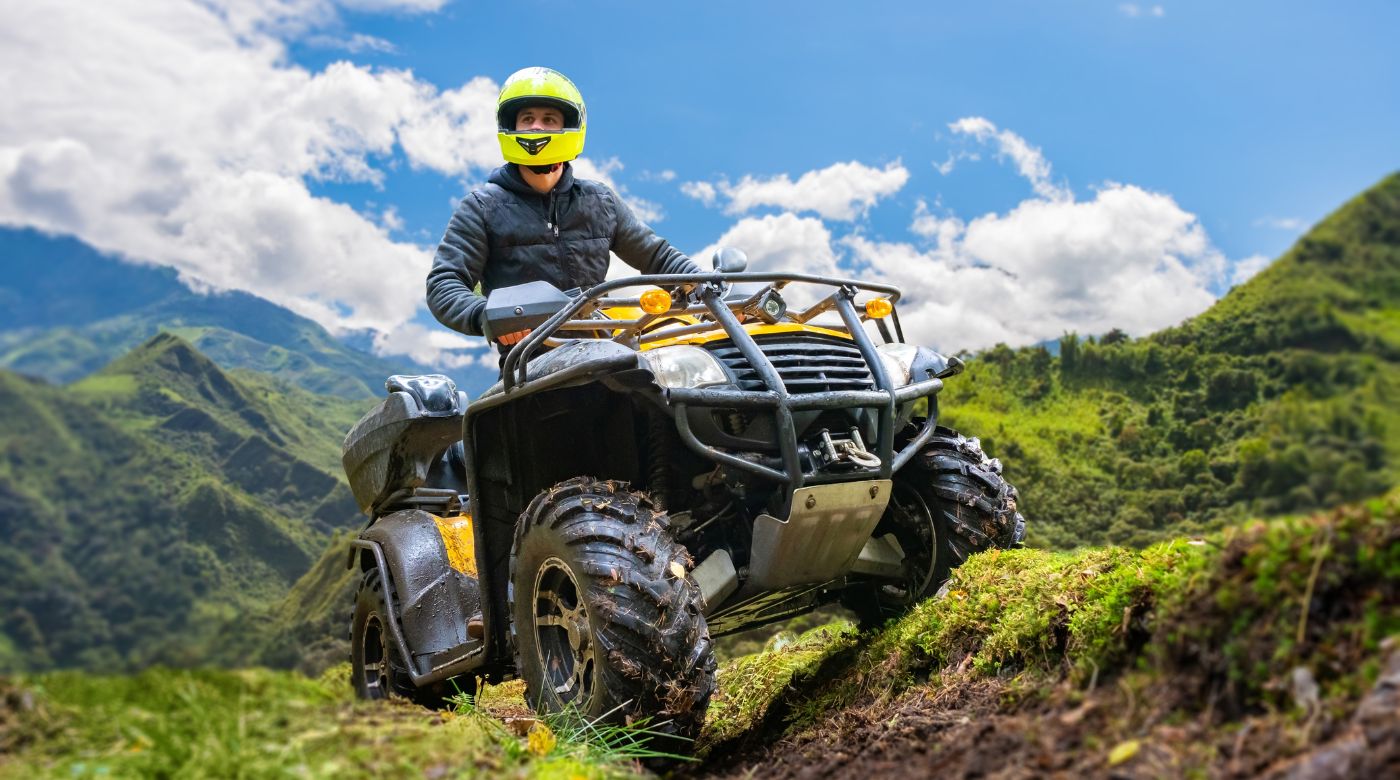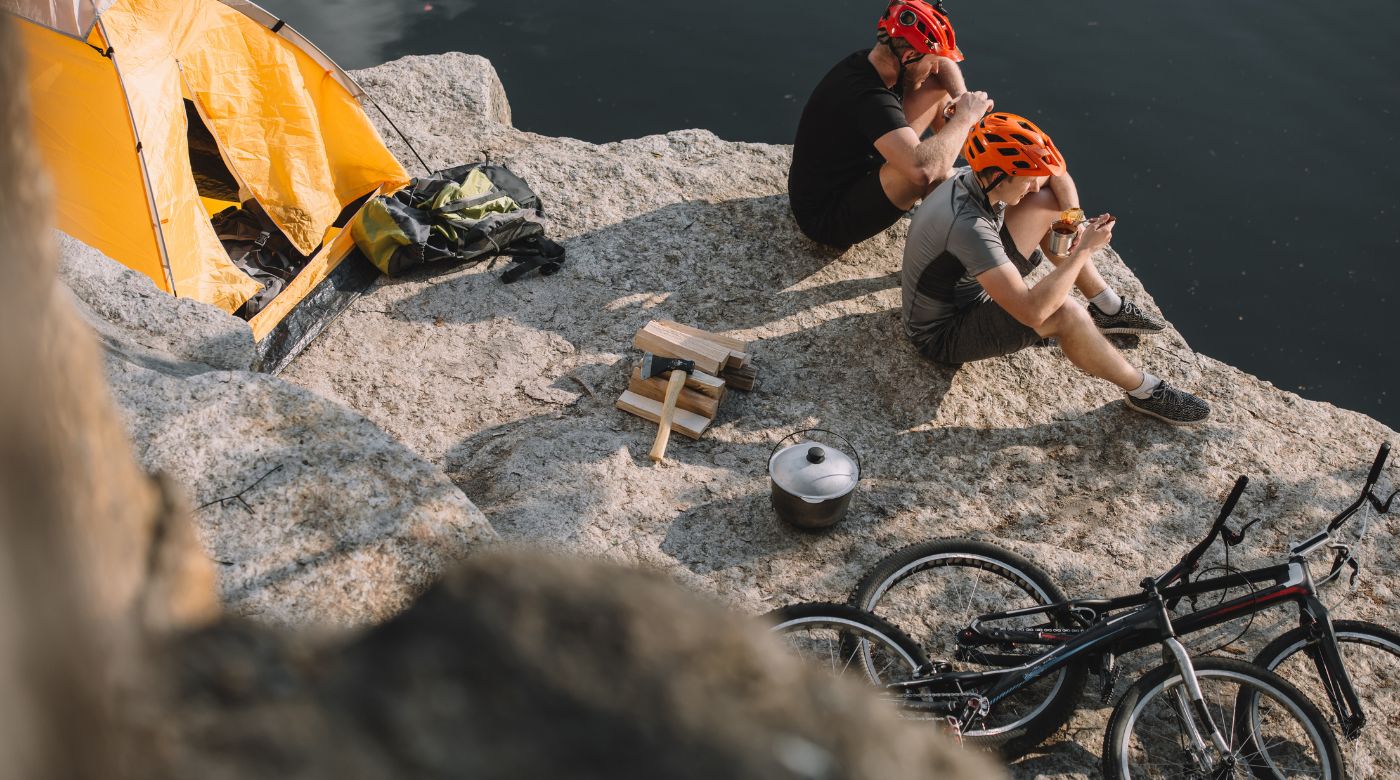If you want to do more with your ATV, you can spend the night in some of the country’s best national parks and campgrounds. ATV camping gives you the freedom to drive around the park so you can see more of the local scenery during your stay. Use this guide to learn how to camp with an all-terrain vehicle for a thrilling day of off-roading.
Choosing Your Campground
Choosing the right campground is crucial for a successful ATV camping trip. If your ATV isn’t street legal, you’ll need to haul it to the park unless the facility rents them onsite. Once you’re in the park, you might be able to drive from your campsite to the trails to maximize your riding time.
Look for a campground close to ATV trails or one that allows ATVs. Remember — not all campgrounds are ATV-friendly, so it's important to read the park’s rules and regulations before making a reservation. Nature preserves and hiking trails often prohibit motorized vehicles for safety and environmental reasons. You don’t want to go all that way to find out your ATV isn’t welcome.
Ensure the park meets your requirements. What time do the trails close? Will they be open when you visit? Are pets allowed if you plan on bringing your dog?
Popular ATV camping destinations include:
- Blue Diamond Adventures in Huntsville, TN
- Silverton Rock Pirates in Silverton, CO
- Trailhead Adventures in Bluefield, VA
- Spearfish Canyon Lodge in Lead, SD
- Rose Ranch Resort in Marysvale, UT
- Resort at Paws Up in Greenough, MT
- Hidden Falls Adventure Park in Marble Falls, TX

Source: Pixel-Shot/Shutterstock.com
Packing for the Trip
Camping and ATVing require lots of equipment, so it’s important to make sure you have everything packed. It’s always better to overprepare than to show up empty-handed.
Camping essentials:
- Tent, sleeping bag or hammock
- Flashlight or lantern
- Spare batteries
- Flare
- Hiking boots
- Sunglasses
- Waterproof outerwear
- Navigation tools
- Camping chair
- First aid kit
- Multi-tool
- Knife or ax
- Duct tape
- Water and food
- Smell-proof storage containers
- Hand sanitizer
- Sunscreen
- Bug spray
- Dry rags
- Cell phone, ID and wallet
- Camping reservation
You can also bring a stove or grill, cooking supplies, a cooler, utensils and dishware to add variety to your diet. Stay hydrated and eat healthy to keep your energy up.
ATVing essentials:
- Well-maintained all-terrain vehicle
- Full-face helmet or half-face helmet with goggles
- Gloves
- Boots
- Thick pants
- Moisture-wicking inner layers
- Waterproof outer layers
You may also need a winch if you plan on riding in thick mud and a tow and hitch to haul your ATV. Choose the proper ATV riding gear to stay safe on the trail.
If you are traveling with another person, find off-road communication to talk to your companions hands-free so you can keep your eyes on the path and your hands on the handlebars.
Use the Packtalk Edge ORV to streamline your conversations on and off the road. It mounts to any helmet and automatically reconnects, so all you have to do is turn it on and ride. You can give tours and trade tips and help each other steer to avoid obstacles.

Source: natademonart/Shutterstock.com
Safety and Security
You can’t be in two places at once, so unless you plan on taking all your gear with you on the trail, you’ll need to lock up your stuff to leave it behind safely. Secure your valuables in a lockbox or your car if it’s nearby when you’re not around. Avoid leaving any snacks or food out to avoid attracting animals.
When you’re back at camp, use a secure ATV lock to protect your ride from theft. You can also load it back onto your truck and strap it down as an extra precaution.
Note the closest exit point and keep emergency contact information handy in case someone gets hurt. Track your location and proximity to local landmarks to help the authorities find you in the wilderness.
Your ATV Camping Adventure Awaits
If you’re going to spend the time hauling your ATV to a trail, you might as well spend the night. Camping with an ATV keeps the fun going after you hang up your helmet for the day. Keep these tips in mind to make the most of your off-road adventure.
Use Off-Road Communication to Talk Hands-Free on the Trail




